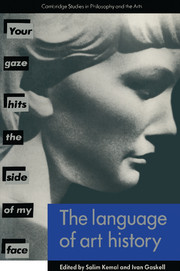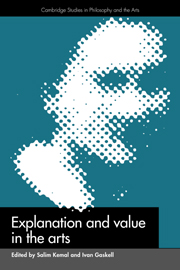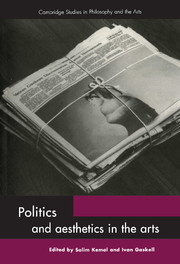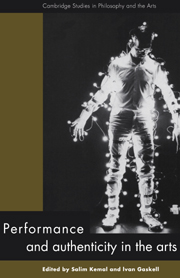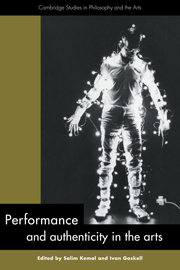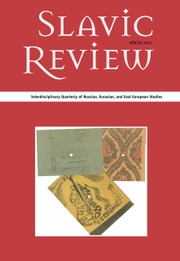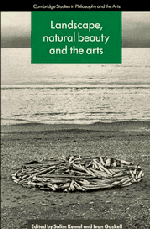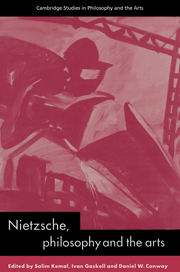The Language of Art History
The first volume in the series Cambridge Studies in Philosophy and the Arts offers a range of responses by distinguished philosophers and art historians to some crucial issues generated by the relationship between the art object and language in art history. Each of the chapters in this volume is a searching response to theoretical and practical questions in terms accessible to readers of all human science disciplines. The editors, one a philosopher and one an art historian, provide an introductory chapter which outlines the themes of the volume and explicates the terms in which they are discussed. The contributors open new avenues of enquiry involving concepts of 'presence', 'projective properties', visual conventions and syntax, and the appropriateness of figurative language in accounting for visual art. The issues they discuss will challenge the boundaries to thought that some contemporary theorising sustains.
Reviews & endorsements
"...remarkably timely....Timeliness, exemplarity, and range, then, are the strengths of this collection devoted to issues raised by the operations of language in and about the visual arts." Journal of Aesthetics and Art Criticism
"Undoubtedly, this collection of essays offers many valuable points in the current dialogue on the atrabilious state of contemporary aesthetics, scores of estimable insights into criticism of art criticism, various brilliant syntatical formulations and poetic flashes, and yes, even occasional near-glimpses of 'art-historical light at the end of the tunnel.'" Art Journal
Product details
September 1992Paperback
9780521445986
256 pages
230 × 155 × 17 mm
0.432kg
7 b/w illus.
Available
Table of Contents
- 1. Art history and language: some issues
- 2. Presence
- 3. Writing and painting: the soul as hermeneut
- 4. Correspondence, projective properties, and expression in the arts
- 5. The language of art criticism
- 6. Baxandall and Goodman
- 7. Figurative language in art history
- 8. Cézanne's physicality: the politics of touch
- 9. Conditions and conventions: on the disanalogy of art and language
- 10. A minimal syntax for the pictorial: the pictorial and the linguistic- analogies and disanalogies.

